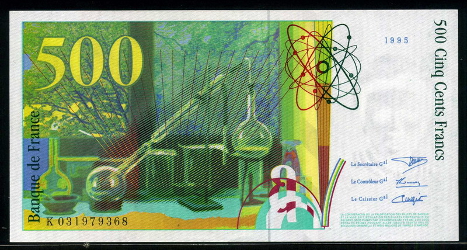The virtual Polonium lab: risk-free predicting properties of Po-containing compounds from first principles
The virtual Polonium lab: risk-free predicting properties of Po-containing compounds from first principles
Promotor(en): S. Cottenier /MM_14_MAT_02 / Solid-state physicsTake any element from the periodic table (Z<94) and consider for that element the ground state crystal structure. For instance, for the element Fe this would be a bcc iron crystal. These are easy solids, isn’t it? Many of them have been experimentally examined for centuries, and we know almost ‘everything’ about them.
However, there are exceptions. Take element 84: Polonium. It has the simplest crystal structure of the entire period table: simple cubic. It is known to form binary compounds with simple crystal structures as well, such as rocksalt-type CaPo. Although it looks straightforward to study these simple materials in a lab, it turns out to be not easy at all. All isotopes of Po are radioactive, and the most abundant one (210Po) is even an -emitter. Handling such isotopes in a lab requires extensive safety precautions, which hinders Po-research a lot. Another consequence of this radioactive decay is that it is very hard to obtain really pure Po-samples: the rest product of the decay is Pb, such that an initially pure Po sample evolves towards a Po-Pb mixture. Moreover, as many of the energetic -particles are absorbed inside the sample before they can leave it, a Po-containing material heats itself. This makes it very hard to measure accurately a simple property as the melting temperature.
Exploring the properties of Po-containing materials by computational quantum physics does not suffer from these problems: your ‘samples’ are absolutely pure, and you can control temperature as precisely as for any other material. This opens the way to compete with experiment, and to determine some basic properties of cubic polonium and Po-containing solids with a higher accuracy than is currently available.
There are several subtopics in this story, from which you can select one or two depending on your own interest:
• Predict the melting temperature of simple cubic Po by ab initio molecular dynamics. Such an approach has been applied to a handful of materials so far, mostly to see how close one could get to well-known experimental values. Applying it to cubic polonium were the experimental value itself is unsure, would be really interesting.
• ‘Predict’ properties for series of compounds that are similar to polonides, and that can be extrapolated to polonides. For instance: CaSe, CaTe, CaPo. Experimental values for the non-polonides are often known, and will serve to assess the reliability of your calculations. The predictions for the polonides will often be new information. Similar studies using only experimental information exist. In those cases, the extrapolation to the polonides is much more speculative than what you will do.
• Predict the ternary phase diagram of Pb-Bi-Po, based on a suggested hypothesis for a one-to-one correspondence between Po-containing solids and the corresponding Te-containing solids. Knowledge of this ternary phase diagram is relevant for the development of the MYRRHA reactor at SCK-CEN in Mol.This work will be done in cooperation with scientists at SCK-CEN (Belgium) and at PSI (Switzerland), who have the possibility to perform experiments on polonium and polonides.


Picture: front and back sides of the 500 FF (about 76 euro) French bank notes (1995), commemorating the discovery of the element Po by Marie and Pierre Curie.
- Study programmeMaster of Science in Engineering Physics [EMPHYS], Master of Science in Physics and Astronomy [CMFYST], Master of Science in Sustainable Materials Engineering [EMMAEN]


